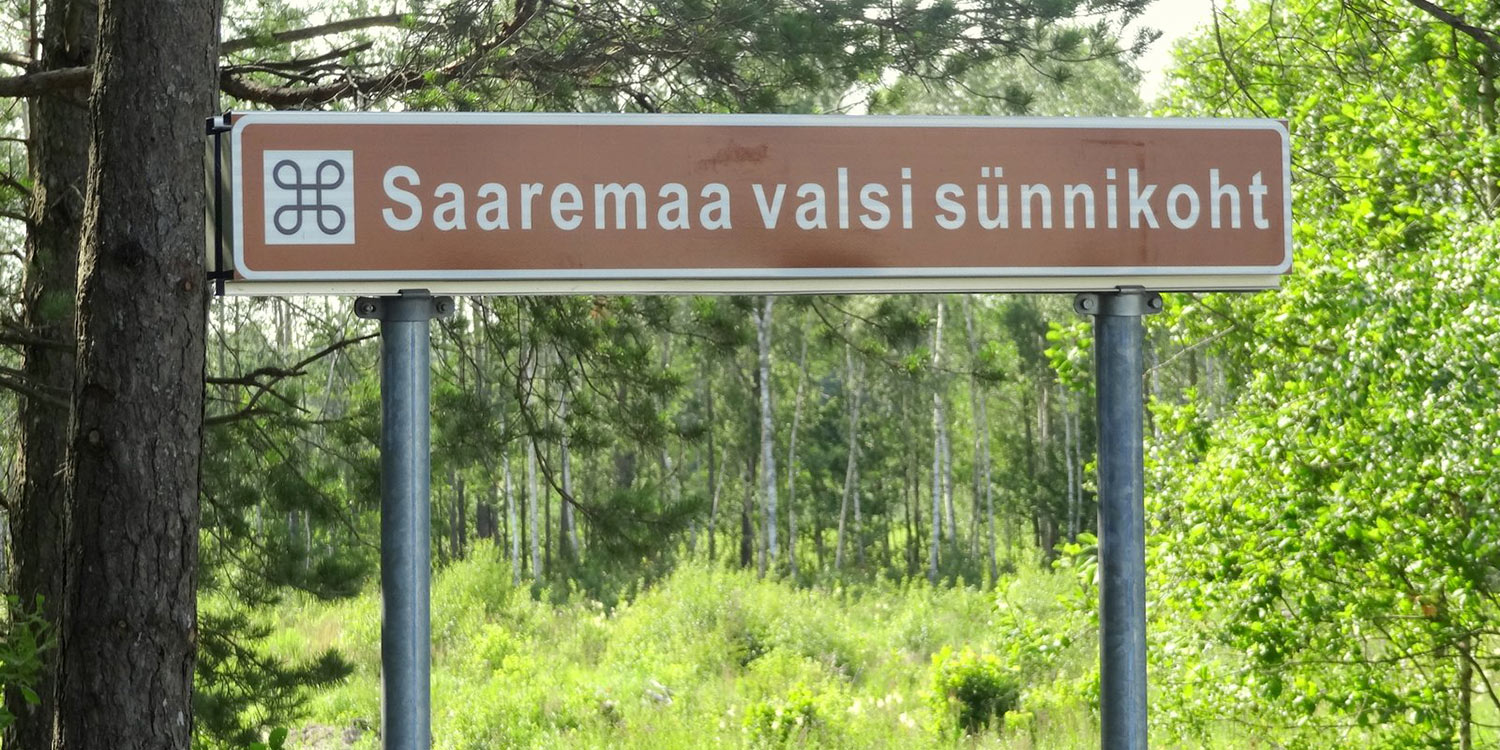Saaremaa bridge, Estonia
Saaremaa is the biggest Estonian island (40,000 inhabitants) and an important recreation destination with some 250,000 visitors per year. Famous for its picturesque landscapes, the island’s vulnerable ecosystems are in danger of being sacrificed for an expensive bridge construction.
This is an archived project. The information here may be out of date.
Learn more about our current projects and sign up for the latest updates.

Image by Carstenwilms - http://bit.ly/2w4HAXW
Stay informed
We closely follow international public finance and bring critical updates from the ground.
Background
Saaremaa is the biggest Estonian island (40,000 inhabitants) and an important recreation destination with some 250,000 visitors per year. Famous for its picturesque landscapes, the island’s vulnerable ecosystems are in danger of being sacrificed for an expensive bridge construction.
The Government of Estonia has been dreaming for more than a decade to replace the ferry connection between the mainland and Saaremaa with a 7 kilometere long bridge or a tunnel. The estimated cost of the bridge is ca 185 million EUR (a tunnel would cost more than twice the amount). The construction would therefore need EU and/or EIB support.
Bankwatch’s member group Estonian Green Movement-FoE, as well as several other Estonian NGOs, are opposing the project, because:
- It is far too expensive for a small country like Estonia. The money could be used to more sensibly serve the island’s development. Improving the existing ferry service would cost just a fraction of building a huge bridge.
- Due to very thin soil coverage the island’s ecosystems are extremely vulnerable. The bridge route would will have significant impacts on birds and sea mammals and will conflict with an important bird area that is designated as a Natura 2000 site.
- Constructing a bridge to the island would significantly increase the volume of tourists to the island (according to some studies by up to 50 percent), putting additional unnecessary pressure on Saaremaa’s ecosystems.
